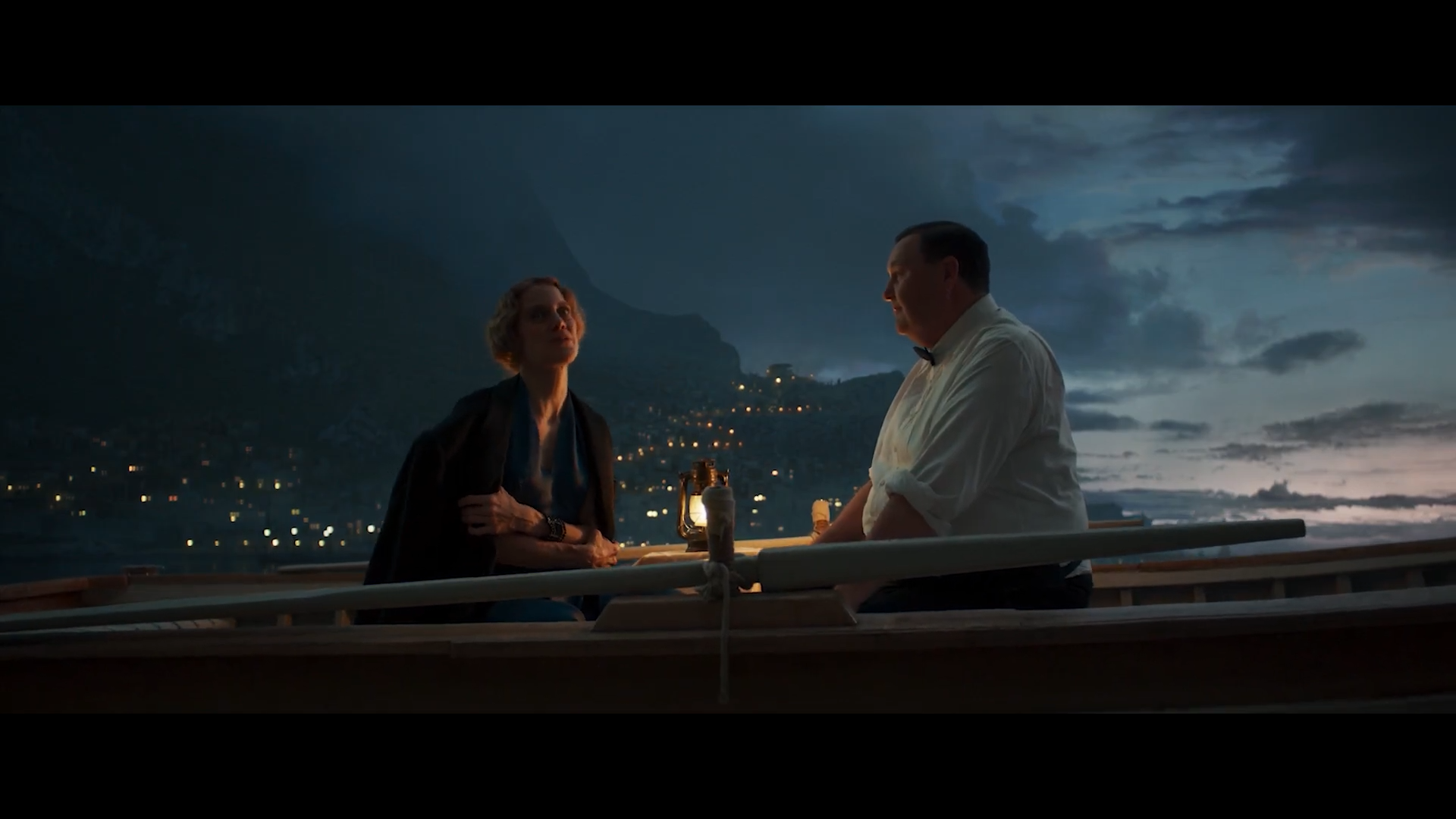
I’ve worked on a lot of smaller projects where the aim was to push the technology to do things we’ve not done before. This work ranges from traditional LED virtual production, performance capture for movies and games, working with custom engine builds, and building tools and plugins.
LED Work
I’ve worked on a lot of smaller LED-based projects, each of them with the aim to do something different than before as well as attempting to push the limits of the technology we’re using.
The car process is one of the best use cases for LED virtual production in film making. We put a car on a gimbal that was programmed to move the car in relation to the bumps and turns of our unreal scene which helped make the car look like it was moving when we animated the content around the volume. This also led to us pushing the weather effect in Unreal to get them to blend with physical rain on set.
I’ve worked closely with the art and development teams to adjust Unreal Engine’s settings in order to get caustics and ray tracing running in real-time and performing well. This allowed us to achieve a level of realism through the camera that we’d not seen yet.
We pushed our crowd simulations even further. I helped work on using the procedural content generation plugin to spawn character meshes and allow them to be animated randomly in order to look like a crowd. This provided much more depth than the previous method of using flipbook animations.
I also helped bring characters who were being controlled by actors on our performance capture stage, onto the LED wall who were then able to interact with physical actors in front of the camera. This provided a level of flexibility with workflow that directors were unable to get elsewhere. Being able to direct background and main characters at the same time meant they could experiment with lots of different setups in a short space of time.
Performance Capture and Cinematics
During my time working in the industry, I’ve had the pleasure of working closely with performance capture teams. I’d prepare and optimise scenes in Unreal Engine so we could stream performance data from Vicon into UE and then attach it to character models in real time. This allowed us to visualise the performances whilst the data was being recorded. During these sessions, I would also run the custom Virtual Camera plugin that allows directors to block out scenes for storyboards or cinematics.
Every project I’ve worked on has required me to use Unreal Engine Blueprints to create custom tools in order to meet the expectations of the clients. I’ve developed a custom plugin that enables the monogram console to function in ways it couldn’t out of the box. I’ve worked on a virtual witness camera tool that helps visualise performance capture inside Unreal Engine in ways we couldn’t before as well as working on many other tools involving OSC Servers, DMX lighting and Niagara particle systems.
I’ve also worked closely with development teams to help improve pipelines for production and rendering as well as helping manage and delegate development tasks for a real-time filmmaking pipeline.






